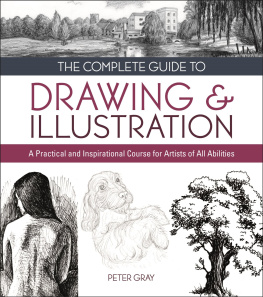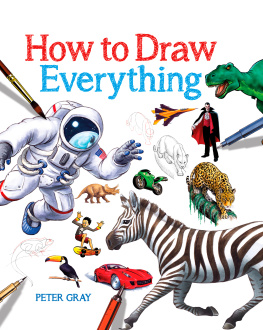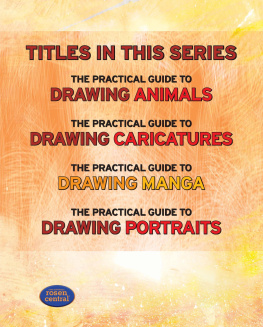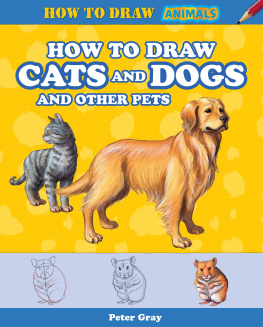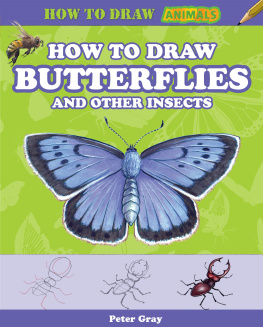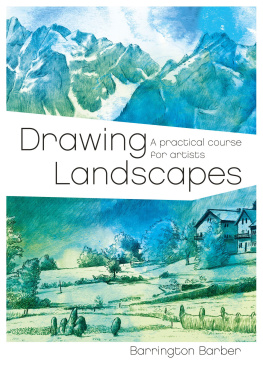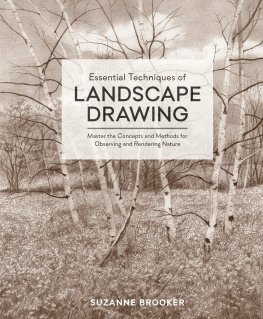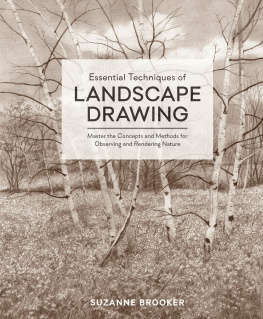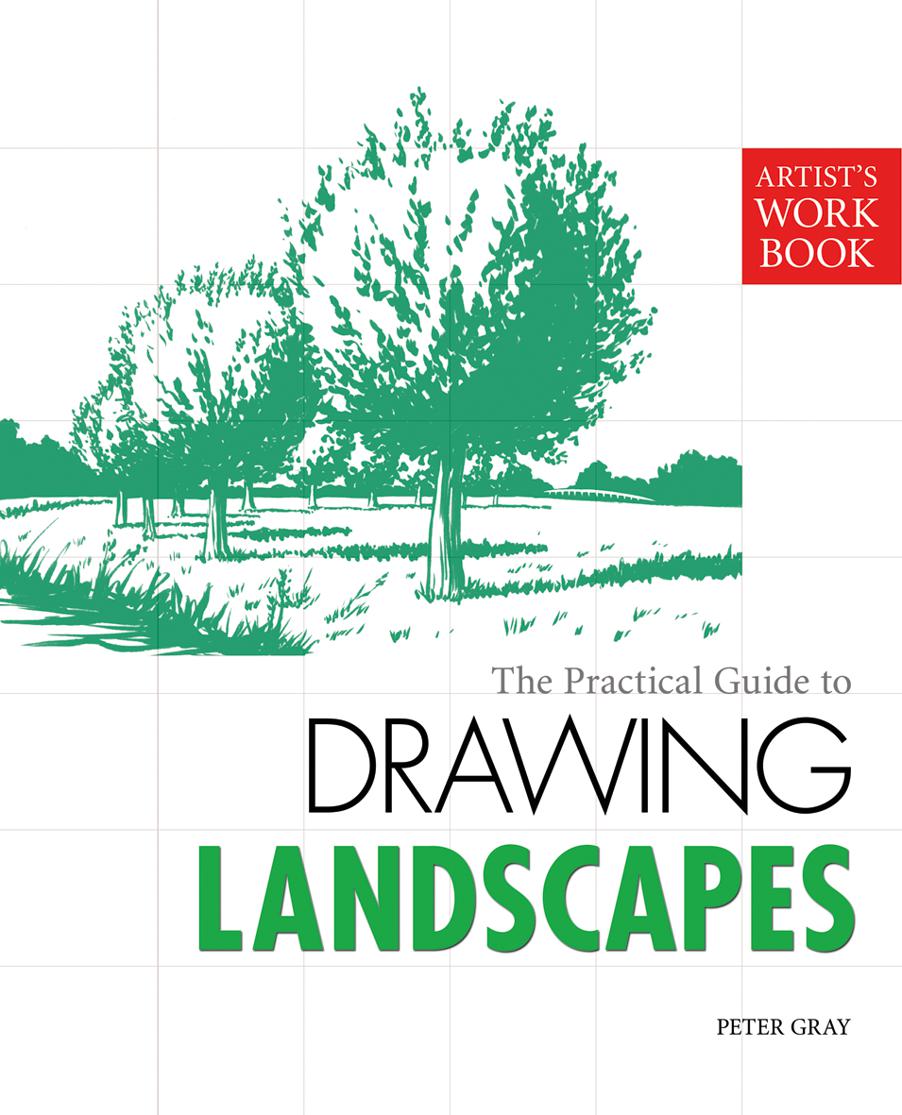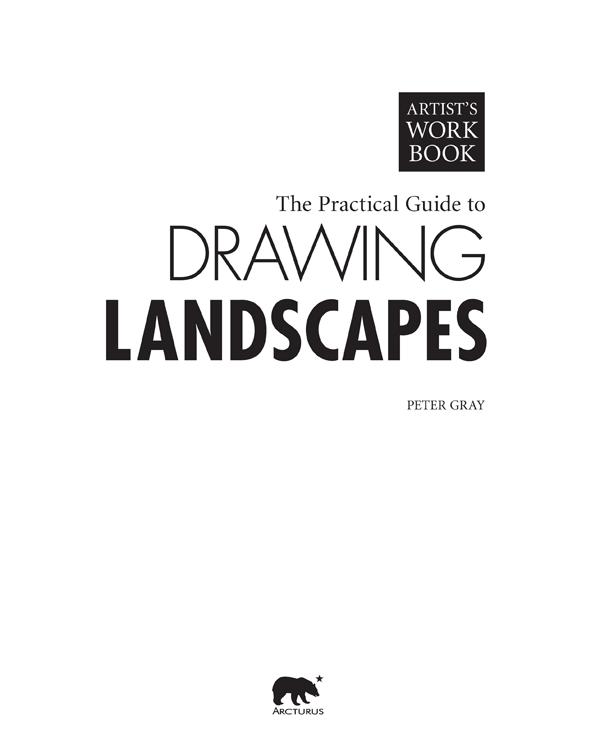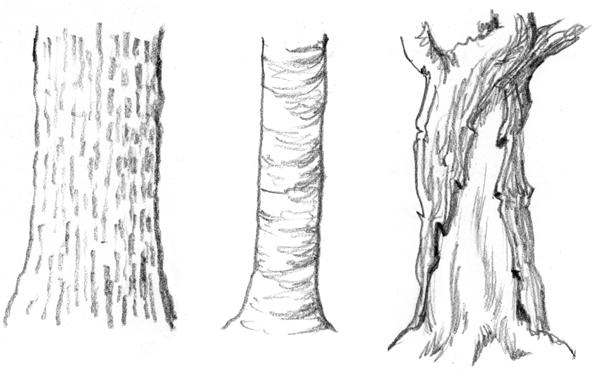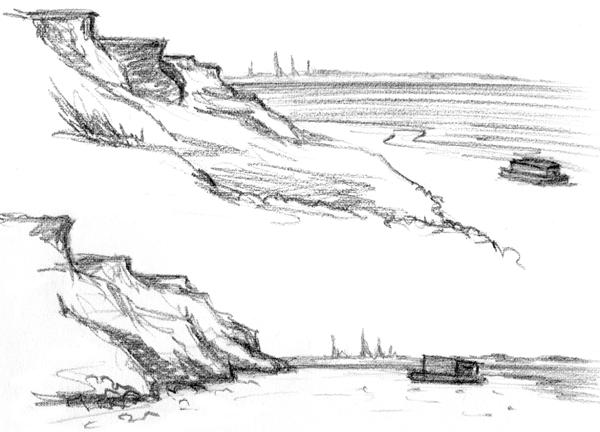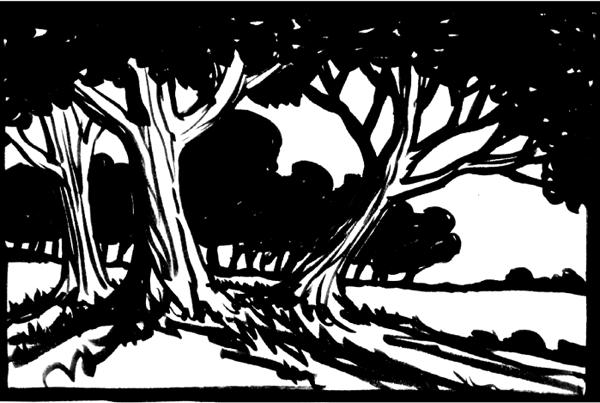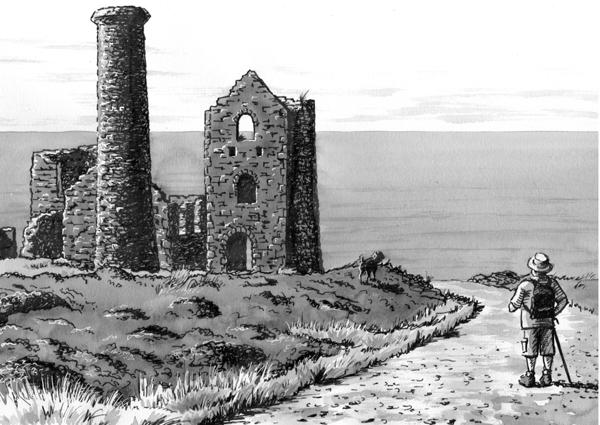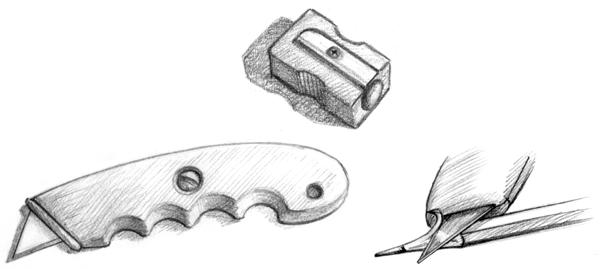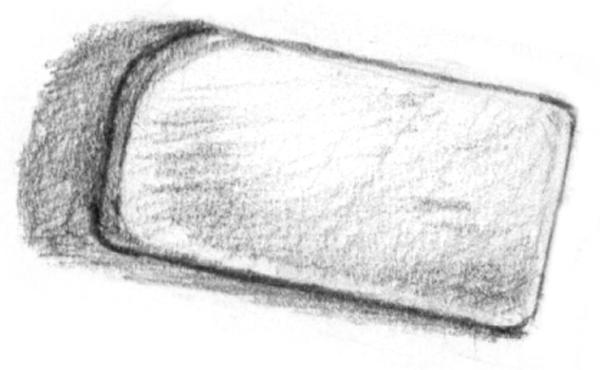
This edition published in 2012 by Arcturus Publishing Limited
26/27 Bickels Yard, 151153 Bermondsey Street,
London SE1 3HA
Text and illustrations copyright 2009 Peter Gray
Design copyright 2009 Arcturus Publishing Limited
All rights reserved. No part of this publication may be reproduced, stored in a retrieval system, or transmitted, in any form or by any means, electronic, mechanical, photocopying, recording or otherwise, without prior written permission in accordance with the provisions of the Copyright Act 1956 (as amended). Any person or persons who do any unauthorised act in relation to this publication may be liable to criminal prosecution and civil claims for damages.
Series Editor: Ella Fern
eISBN: 978-1-78212-927-1
AD001170EN
CONTENTS
INTRODUCTION
BASIC MATERIALS AND EQUIPMENT
MARK MAKING
TREE FORMS
TONE AND MODELLING
A STUDY IN TONE AND TEXTURE
SKETCHING PRACTICE
A LANDSCAPE SKETCH
SKETCHING AIDS
POINTS OF VIEW
PERSPECTIVE SKETCHES
THE BIG PICTURE
COMPOSITION AND SELECTION
MORE MATERIALS
STRIVING FOR SIMPLICITY
A LANDSCAPE IN PEN AND WASH
A LANDSCAPE IN CHALK AND CHARCOAL
A LANDSCAPE IN PASTELS
CREATIVE FREEDOM
INVENTED LANDSCAPE WATER-SOLUBLE PENCIL
INVENTED LANDSCAPE DILUTED INK
INTRODUCTION
Whether you have access to coast or country, fields or forests, moors or mountains, you will never be short of subject matter; every landscape is worthy of your attention. With ever-changing skies and atmospheric conditions, even the most featureless wasteland provides rich pickings for the artistic eye.
Landscape differs from other areas of study in that the shapes and scenes are imprecise; if you draw a tree too large or small or position it in the wrong place, it will not detract from your artwork. This means that even the complete beginner should be able to draw with the boldness and confidence necessary for producing satisfying results.
This book aims to instruct the reader in the drawing skills that may be applied to any type of landscape. It is designed as a course, with each new subject following on from the previous one. Step-by-step demonstrations will teach you to capture basic natural form and then gradually increase your facilities to render shade, texture and detail.
Though some of the exercises may be undertaken indoors, the great pleasure of landscape drawing comes when you venture beyond the comfort of the home. Whenever possible, get out among the elements and work directly from nature. This book will discuss some simple practical measures you need to take for the sake of your drawings and your physical comfort. Outdoors, the practice of sketching comes into its own, as a means of gathering information and for developing your skills. Sketches done in the field can be developed into artwork at home, but portable materials are also perfectly sufficient for producing finished pieces on location.
We will investigate various materials and techniques and strive to develop your imaginative interpretation of natural scenes as well as your own expressive drawing style. Its down to you to decide what it is about a landscape that interests and inspires you, and with the lessons contained in this book, youll be able to capture something of your delight on paper.
Draw confident and economical marks with the simplest of tools.
Inform your drawings with the simple rules of landscape perspective.
Develop your eye for selecting powerful compositions.
Learn to see the basic simplicity of tones and strive for boldness of execution.
Expand your range of materials and methods to achieve accomplished results.
BASIC MATERIALS AND EQUIPMENT
One of the great things about taking up drawing is that you need very little equipment to get started. Some of the elaborate items on show in art shops can be very tempting, but fancy media and equipment generally do little to improve your skills and can confuse the issue of learning to draw. To start with youll need pencils, paper, an eraser and a knife, but throughout the book well look at other materials and tools you might want to experiment with and add to your kit.
Pencils
Although any pencil will do for mastering the basics of drawing, cheap ones can be scratchy and unsatisfying to work with. Its well worth splashing out on a few good-quality pencils from an art supplies shop. They are graded from H (hard) to B (black) with a number prefix indicating the degree of hardness or blackness. A useful starting set would be H, HB, 2B and 6B.
HANDY HINT
Buy pencils of different grades in different colours so that you can identify them at a glance.
Sharpening
A sharp knife or scalpel is essential for fashioning the points of your pencils. For drawing the many textures of landscape, pencils are ideally sharpened to reveal a good length of lead, unlike the uniform point produced by a pencil sharpener. Keep the blade at an acute angle to the pencil, and always sharpen the pencil away from your body. Soft pencils such as 2B or 6B require regular sharpening, maybe several times in the course of a single picture. A pencil sharpener has its place, being more convenient for regularly reclaiming a point for detailed work. And if youre working in a litter-sensitive location, you can get sharpeners that are built into a capsule that collects the shavings.
Erasers
An eraser is a vital part of your kit. Theres absolutely no shame in erasing mistakes and rough guidelines they are essential to the drawing process.
Buy a good-quality eraser that is not too hard; there are many varieties on the market but they all do essentially the same job. For fiddly erasing, I often use a special eraser that comes in pencil form and can be sharpened to a point. When working in charcoal, a kneadable putty rubber allows you to lift off the pigment without smudging a delicate drawing.


